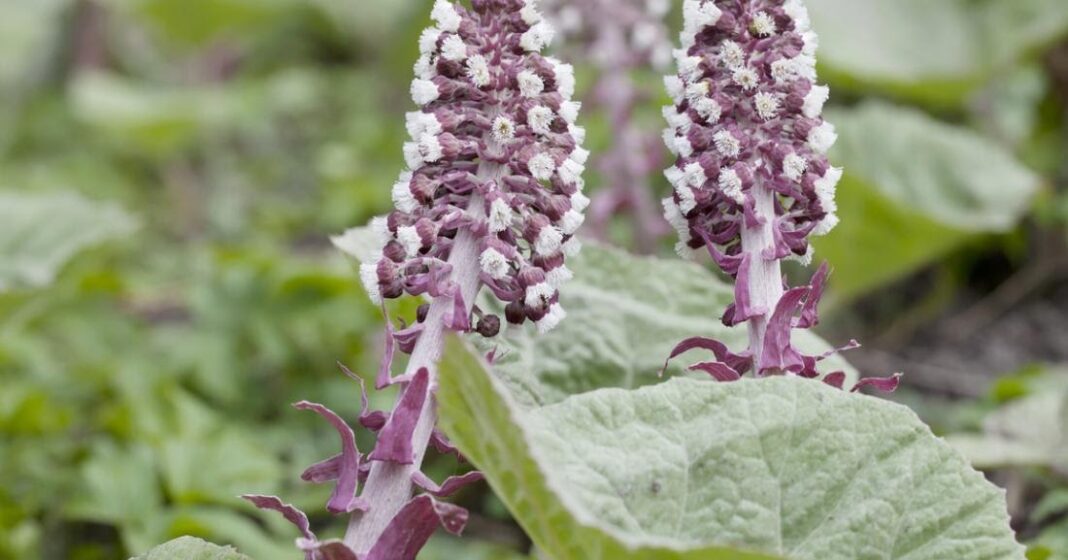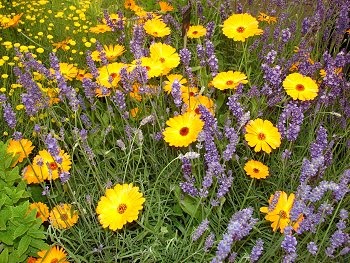ABSTRACT
Scleroderma is also known as systemic sclerosis. It is a chronic auto-immune condition in which normal tissue is replaced by another tissue that has extra collagen in it. It affects the fingers, hands, feet, and face of the body so it can affect the skin, connective tissue, and internal organs of the body. In most cases, there is itching and swelling seen as early symptoms. It produces the extra collagen in the body which leads to tightening and thickening of the skin. On the basis of skin involvement, it can be diffuse or limited. Let’s discuss it in detail!
INTRODUCTION
It is due to an overactive immune system resulting in chronic skin conditions as a result increases in connective tissue and skin becomes hard and tight due to scar tissue in the skin. Pain and inflammation vary according to the condition. It becomes worse over a period of time. It occurs when the inner lining of a blood vessel that is tunica intima and its surrounding tissues get damaged leading to the formation of scar tissue and there is excess accumulation of collagen. It is more common in women as compared to men. it occurs at the age of 30-50 years of age. The Raynaud phenomenon is mostly associated with it because due to excessive cold weather, there is contraction in blood vessels in fingers or toes.
CAUSES
The exact cause is not known but some risk factors are there which help to cause scleroderma. The risk factors are described below-
Genetics
Environmental factor
Organic solvent
Viral infections
Radiation therapy
TYPES OF SCLERODERMA
According to severity, there are three types of scleroderma localised, diffuse, or limited.
Localised – More common form and affects some parts of the skin. It appears in the form of waxy patches. It is less severe as it goes away without any treatment.
Diffuse – Affects most of the body and also affects the internal organs of the body such as the heart, lungs, kidneys, and digestive tract. Sometimes it becomes a serious and life-threatening condition.
Limited – Also known as CREST syndrome which means Calcinosis, Raynaud phenomenon, Esophageal dysfunction, Sclerodactyly, and Telangiectasia.
SYMPTOMS
Symptoms vary from person to person according to the severity of the disease. The scleroderma includes the following symptoms-
Difficulty in swallowing
Bloating
Heartburn
Diarrhoea
Constipation
Faecal incontinence
Dryness in eyes
Dryness in mouth
Weight loss
Hair loss
Stiffness or tightness in fingers
Calcium deposition in connective tissue
Muscle weakness
Abnormality in oesophagus
On fingertips pitting ulcers are there
Puffiness of fingers
Thickening and hardening of skin
Pain and inflammation of joints
Swelling on hands and feet
DIAGNOSIS
Blood test
X-ray
CT (Computerised tomography) scan – To check the lung damage
Lung function test
Kidney function test
Gastrointestinal test – To check the oesophagus damage
Electrocardiogram – To check which part of the heart is affected
Echocardiogram – To check the complications related to heart
TREATMENT
Non-steroidal anti-inflammatory drugs
Antibiotics
Immunosuppressants
Treatment of lung disease
Skin topical ointments
Vasodilator
PREVENTION
Regular exercise
Take a fibre-rich diet
Protect the joint from damage
Protect from excessive sun exposure
Get proper sleep
Reduce stress
AYURVEDA ASPECT FOR SCLERODERMA
In Ayurveda, it can be correlated with the Kustha Roga (Skin disease)in च.चि.७. Kustha roga is considered in Asthamahagada and it is a rakta Pradoshaj vyadhi. It occurs due to overeating, stress, improper hygiene, improper diet and activities, and nutrient deficiencies. Kustha can be of two types Kshudra kushta and maha kushta. Scleroderma is associated with the kapala kushta which is a type of maha kustha and it occurs due to the vitiation of vata dosha. It is considered in dusyachikitsa because it is difficult to cure. The dosha dusya sammurchana in kustha due to tridosha, lasika, twak, mamsa dhatu and rakta.
Kapala Kushta
In च.चि.७।१४
“कृष्णारुणकपालाभं यद्रूक्षं परुषं तनुकापालं तोदबहुलं तत्कुष्ठं विषमं स्मृतम्”
The kapala Kustha should be black or reddish in color which is thin, dry, and rough in youch associated with severe pain and difficult to cure.
In च.चि.७।४-८ Causes Of Kapala Kushta
Intake of oily and heavy foods
Suppression of natural urges
Exercise after intake of food
Intake of cold water after exposure to the sun
Anorexia
In च.चि.७।९-१० Pathogenesis Of Kapala Kushta
Due to the vitiation of tridosha, there is dosha dusya sammurchana with the twak, rakta, mamsa, and Lasika which leads to Kustha rog.
Symptoms In च.चि.७।११-१२
Excessive sweating
Itching
Change in color of skin
Fatigue
Imbalance in sense organs
Immediate formation of an ulcer
Burning sensation
Numbness
Inability to feel the touch
AYURVEDIC MANAGEMENT
Nidana parivarjana (Avoid the causative factor)
Abhyanga
Lepa – Chitrakadi, Kusthadi, Lodhradi
Udvartana
Parisheka
Sanshman chikitsa
Churna – Mustadi, Triphaladi
Lepa – Chitrakadi, Kusthadi, Lodhradi
Taila – Kanakshiri
HERBAL REMEDIES FOR SCLERODERMA BY PLANET AYURVEDA
Planet Ayurveda is GMP certified and all products are pure and natural and have no side effects on the body. Products are made under the guidance of M.D. Ayurveda experts and all herbs are described in ancient texts of Ayurveda. Products are free from any type of preservative, fillers, chemicals, or adulterants. Planet Ayurveda provides a Sclero Care Pack of herbal formulations to cure scleroderma in an effective way-
PRODUCTS LIST
ASHWAGANDHA CAPSULES
BOSWELLIA+CURCUMIN
GOTU KOLA CAPSULES
SANJIVANI VATI
GANDHAK RASAYAN
SINHNAAD GUGGUL
Sclero Care Pack
PRODUCTS DESCRIPTION
1. Ashwagandha Capsules
The capsules are made up of standardised extraction of Ashwagandha (Withania somnifera). It helps to regenerate the cells and retain the natural moisture of the skin. It contains anti-inflammatory properties which help to reduce inflammation and swelling associated with scleroderma. It helps to balance the vata dosha of the body. It removes toxins from the body and helps to improve the immune system of the body and maintain the physical and mental status of the body.
Dosage – 1 capsule twice daily, with plain water, after meals.
2. Boswellia+Curcumin
Boswellia curcumin capsules are made up of a combination of two drugs that is Shallaki (Boswellia serrata), and Curcuma longa (Haridra). Shallaki helps to heal wounds faster; it helps to correct the inner lining of the blood vessels and correct the blood circulation in the body. Haridra contains anti-inflammatory and antioxidant properties; it helps to reduce swelling, itching, and inflammation and also improves the complexion of the skin. Removing the toxins from the body boosts immunity.
Dosage – 1 capsule twice daily, with plain water, after a meal.
3. Gotu Kola Capsules
The capsules are made up of standardised extraction of Gotu kola (Centella asiatica). It contains anti-inflammatory properties which help to reduce inflammation, pain, and swelling. With the help of improving blood circulation in the body and improving the complexion of the skin. It inhibits microbial and bacterial infection which helps in the early healing of wounds. It helps to maintain the overall health of the body.
Dosage – 1 capsule twice daily, with plain water, after a meal.
4. Sanjivani Vati
The tablets are made up of a combination of drugs like Piper longum (Pipali), Haritaki (Terminalia chebula), Amalaki (Emblica officinalis), and various herbs. Guduchi helps in reducing pain, and inflammation as it contains anti-inflammatory properties. Vacha contains antibacterial and analgesic properties which help to remove infection and reduce pain. Vidang helps to improve skin complexion. It helps to treat an autoimmune disorder by removing toxins from the body and improving the metabolism of the body.
Dosage – 2 tablets twice daily.
5. Gandhak Rasayan
The tablets are made up of purified Sulphur (Shuddha Gandhak). Gandhak helps to reduce the infection which helps in skin lesions and improves the skin complexion. It improves blood circulation in the body and increases the metabolic rate of the body which enhances memory and keeps the brain healthy. It pacifies all three doha and maintains a healthy functioning of the body. It helps in digestion and corrects digestive problems.
Dosage – 2 tablets twice daily.
6. Sinhnaad Guggul
The tablets are made up of a combination of different herbs Shudh Gandhak, Amla (Emblica officinalis), Shuddha Guggulu, Bibhitaki (Terminalia bellirica), and more herbs. All herbs are pure and safe for the body. Erand oil helps to reduce puffiness, heal wounds, and promote healthy skin. Amla improves skin elasticity, clears dead skin, and repairs damaged skin. Bibhataki acts as a skin cleanser and provides hydration to the skin; it contains anti-microbial properties which inhibit the growth of microorganisms. It pacifies the vata dosha and reduces the pain, inflammation, and swelling. Guggulu contains laxative properties which help to remove toxins from the body and improve the metabolic rate.
Dosage – 2 tablets twice a day.
Contact Planet Ayurveda Support Team to provide you the costing/ordering and delivery information at – costing.planetayurveda@gmail.com or Call at 0172-521-4040 (India), +91-172-521-4040 (Outside India) or Whatsapp at (+91) 842-749-4030.
CONCLUSION
Scleroderma is a chronic autoimmune disease that affects the skin according to the severity of the disease. In Ayurveda, it is correlated with kapala kushta which leads to reddish or blackish color of skin due to vitation of vata dosha. It is a rakta Pradoshaj vyadhi and is considered in Asthamahagada. In modern treatment, there are chances of recurrence of scleroderma with exposure to excessively cold weather. Planet Ayurveda provides an herbal remedy to cure scleroderma in an effective way without any side effects on the body. Planet Ayurveda offers a sclero care pack that includes Ashwagandha capsules, Boswellia curcumin, Gotu kola capsules, Sanjivani vati, Gandhak rasayan, and Sinhnaad guggul.


